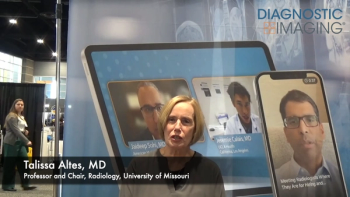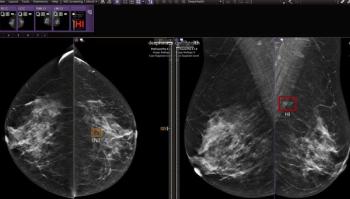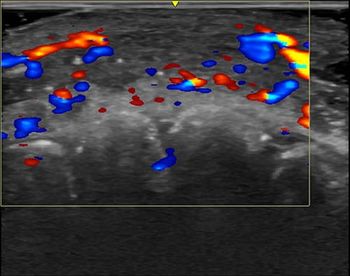
PACS needs new compression standard
PACS needs new compression standardWhile the reluctance of imaging equipment manufacturers to develop software for lossy compression is understandable, it is disappointing that the DICOM members chose not to move forward with a proposal to
PACS needs new compression standard
While the reluctance of imaging equipment manufacturers to develop software for lossy compression is understandable, it is disappointing that the DICOM members chose not to move forward with a proposal to develop a standard for lossy compression to replace what is in DICOM now (see story at right).
Vendors are reluctant to adopt a standard for wavelet compression, a promising lossy technique, due to its high development costs. Unlike JPEG compression, wavelet is not heavily used in the PC market, and higher sales to consumers of JPEG-based products help offset R&D costs.
A significant component of the financial success of PACS relies on the adoption of data compression. Unfortunately, the amount of compression needed to reduce communication and storage costs is not achievable with lossless methods. If PACS archives simply store images in uncompressed form, the cost becomes so high that the idea of full online storage is abandoned and "shelf management" of media, with all of its pitfalls, takes over.
Granted, we are not far from the development of the next version of JPEG, JPEG 2000, which is one alternative considered by the DICOM Standards Committee. But it will have to be evaluated, and if found unsuitable, the work of the compression working group would have to be done anyway.
The DICOM Standards Committee should lead in this effort, not follow. A lossy compression standard developed with medical imaging applications as a target might influence the JPEG 2000 effort, instead of the other way around.
-By Steven Horii, chairman, ACR Committee on DICOM Standards
Newsletter
Stay at the forefront of radiology with the Diagnostic Imaging newsletter, delivering the latest news, clinical insights, and imaging advancements for today’s radiologists.




























